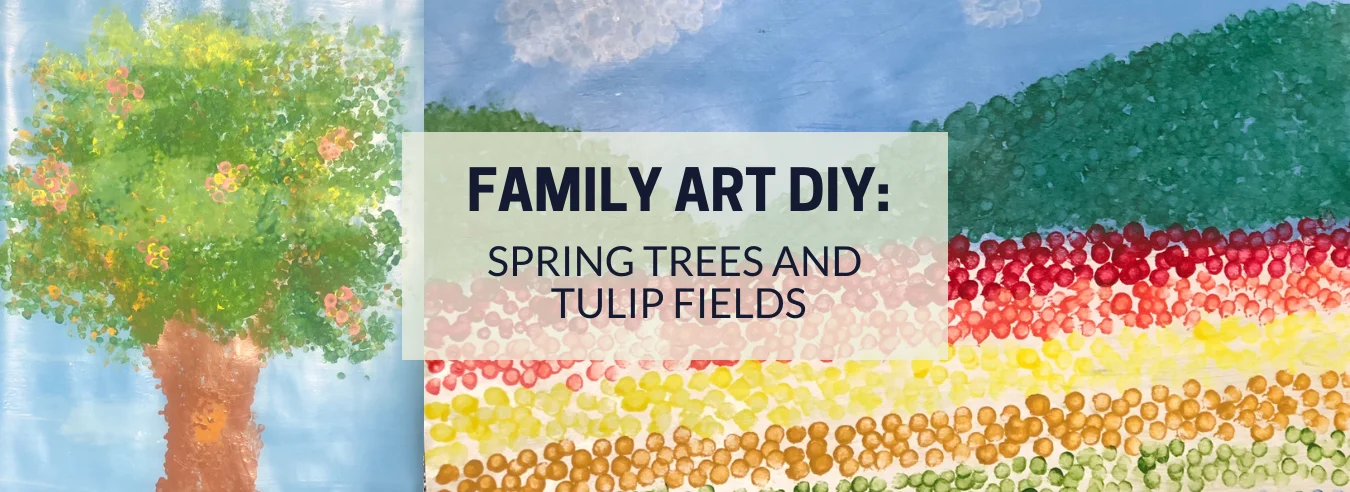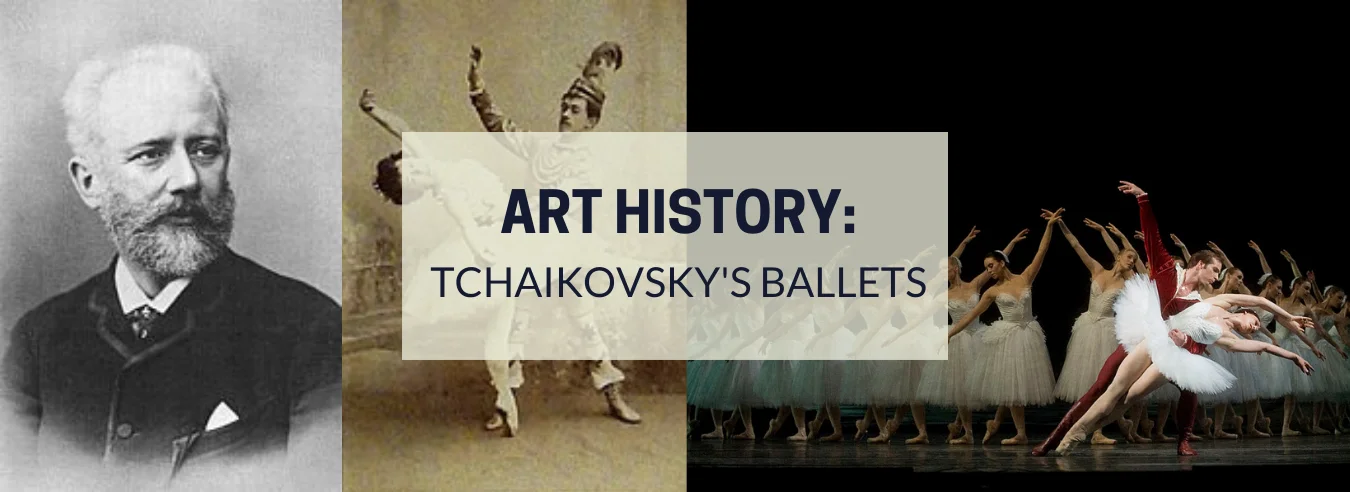With spring in the air, one usually thinks of the flowers and trees in bloom…
7 Art Activities that Promote Mindfulness
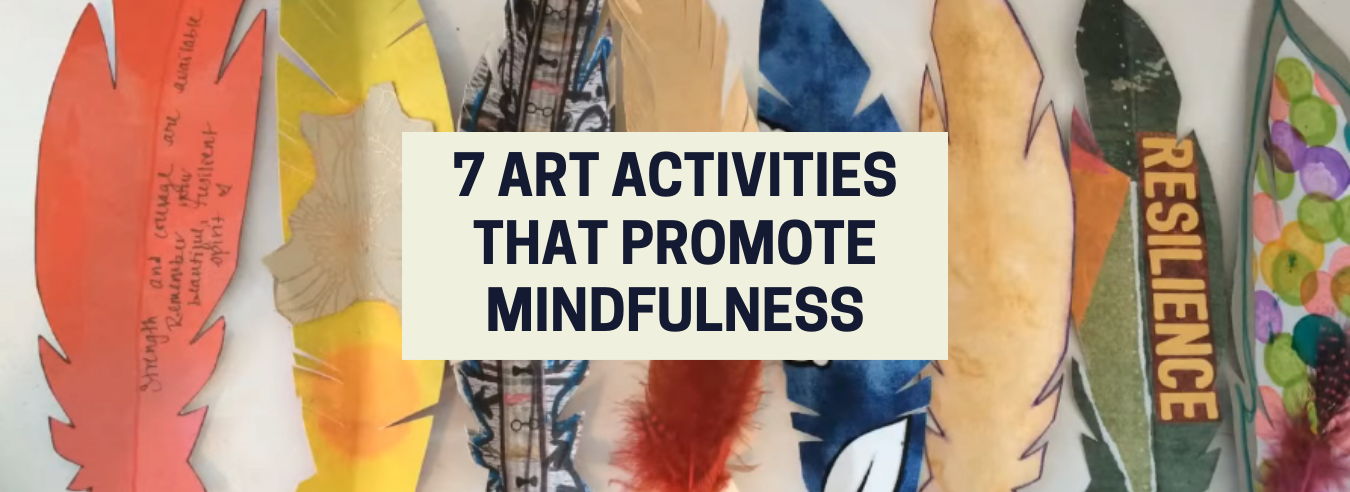
When we are feeling stressed out, many of us turn to entertainment to relax, decompress, and forget about our worries. Although catching up on our favorite television show will keep us entertained long enough to shift our focus away from our stressors, this isn’t always the healthiest or most beneficial outlet. In recent years, the concept of mindfulness has become increasingly popular as an effective tool to deal with stress. Mindfulness is the ability to be fully present in the moment, focusing on how we feel physically and emotionally. While practicing mindfulness, the aim is to not let our mind wander to anxiety-inducing thoughts like tomorrow’s busy schedule, for the duration of the exercise.
We are all capable of being mindful, but it takes practice to do it effectively. Thankfully, with art-based activities, mindfulness can be easy and fun for the whole family. The best way to work on these mindful art projects is to find a quiet place you feel comfortable and at ease in. As you draw, paint, and craft, make sure to channel your present emotions into your artistic expression. It’s also important to be engaged in the task at hand by noticing small details, such as the feeling of the art supplies in your hands, the movements you make with your tools, and any other physical sensations you may experience.
Since we’re safer at home, you can beat boredom by trying your hand at some of these soothing art projects.
Here are seven art activities that promote mindfulness for you to learn about and try
- Leaf Art
A common activity many kids took part in growing up was picking up fallen leaves to use in an art project. Today, it remains the perfect starting activity for art-based mindfulness. With fall all around us, this art project is a great opportunity to go outside and appreciate the changing colors, even if it’s just in your backyard. Once you’ve gathered a variety of fallen leaves, there are two different approaches you can take: you can either trace their shapes delicately with a fine pen or marker on paper, or begin filling in the leaves in various shades with them. The important thing is to slow down and look closely at the leaf, focusing on the shapes, edges, lines and textures, noticing every wrinkle and vein. Slowly take in the beauty and uniqueness of each leaf as you fill it with color.
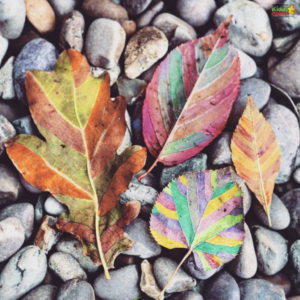
- Drawing in Sand
Japanese rock gardens, known as karesansui, were first created in the 14th century. These gardens are made up of areas filled with sand and jutting rocks. Using large rakes, monks would draw into the sand, creating ripples to represent water and waves, while the rocks of various shapes and sizes represent mountains. Rock gardens are commonly used in Zen Buddhism as aids to meditation. People usually view them from higher ground and contemplate the beauty of nature and human existence. Drawing in sand has become a favorite tool for mindfulness as well. Whether you do this at home with small sand toolkits or at the beach, watching your hand shift and ripple each grain of sand is a quiet, introspective activity.

- Paper Quilling Mandalas
If you own or have seen any adult coloring books, you’ve likely seen the intricate, eye-catching shapes known as mandalas. Mandalas are perfectly symmetrical, geometric symbols made up of many intertwining shapes. They are believed to represent the universe with all of its’ tiny, moving parts. Some also believe mandalas represent “wholeness” because the symbol is not complete if it is missing just one shape. The process of making a mandala by hand is time consuming, but once you see the fruits of your hard work, it is highly rewarding and satisfying. Paired with the art technique of paper quilling (cutting strips of paper to roll, shape, and glue onto a surface), creating mandalas becomes a true test of patience that is an excellent tool to promote mindfulness. This activity reminds us that every action, every individual decision you make as you shape the mandala, matters to the complete whole.

- Paint Pouring
This art technique has been popularized by DIY decorators because it’s a fun and easy activity for all ages that anyone can pick up. Because the process requires slow movements and quiet observations, it also pairs well with mindfulness. The first mindful step is to consider how you are feeling and choose the paint colors that you feel reflect those emotions. Instead of using brushes to apply the paint, you will pour the paint directly on a white canvas and then tilt the canvas around to spread the paint across the clean slate. The best part of this process is watching the colors mix into swirls and abstract shapes. The end result is a beautiful, modernist painting that reflects your current emotional state of being.

- Scrape Art Greeting Cards
Juggling work, school, and relationships (just to name a few) can leave our heads filled with worries. Writing and journaling are both mindful activities that can help calm and organize our thoughts. What better way to get some thoughts down with a pen and paper than with a greeting card? Whether we want to reach out to a friend we haven’t seen in a while or thank a family member for being there in times of great stress, greetings cards are wonderful, heartfelt messages that remind us that our relationships matter. Making your own greeting card adds a personal touch that will show someone you really care. All you need is a blank greeting card, some stickers and paint, and a hard plastic card, such as a gift card. You’ll begin by putting droplets of different colors of paint on the front of the card. Next, using the plastic card you’ll simply scrape the colors across the face of the card from top to bottom or side to side, creating multicolor streaks. Once the paint has dried, you can then add stickers or other decorations for a final touch.
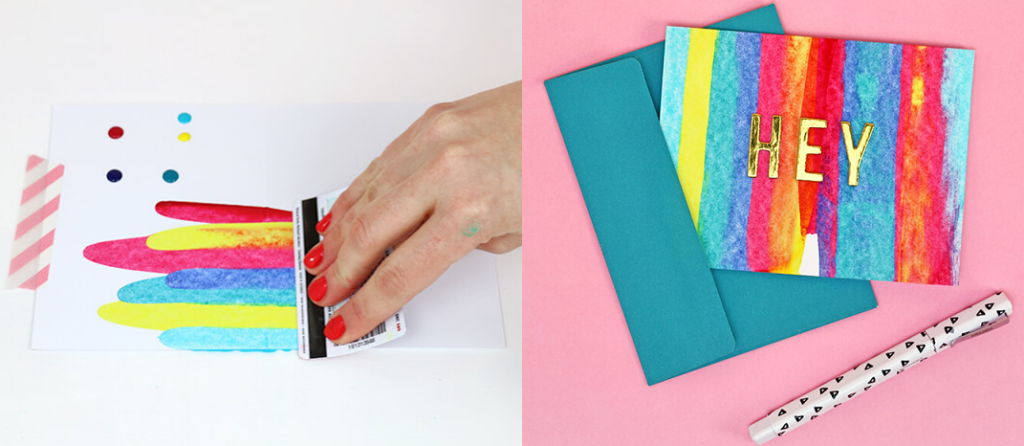
- Gratitude Feathers
Another useful technique to get our minds off of stressors and negative ideation, is to focus on the positive aspects in our lives. By homing in on what we are grateful for, we can reframe our current situation and emerge with a more positive outlook. Gratitude feathers are a wonderful outlet to express our thanks, and at the same time, work our creative muscles. To begin this exercise, start by cutting out feather shapes from a magazine, newspaper, or any other type of textured paper. The next step is the fun part – finding different materials to decorate the feathers with such as yarn, buttons, or even real feathers to give it more character. Finally, you will write down what you are thankful for or add words of encouragement that you can refer back to and read at a later time. This activity is an exercise in deep reflection that will help put you in a more positive headspace.

- Words to Live By Collages
Although words can be used to hurt, they can also be powerful tools to build up and reaffirm. This activity uses words to get to the core of what we value and to remind ourselves of what truly matters to us. Before starting this activity, take a quiet moment to think about what is important to you, and through word association, start pulling images from what you visualize. Using old newspapers, magazines, and printouts of favorite quotes, you will create a collage that encapsulates who you are as a person. The images and words that you select will, together, speak volumes, especially for introverted people who don’t enjoy talking about themselves. This is a spontaneous exercise that can lead to surprisingly beautiful results. These one-of-a-kind collages show that we are all unique individuals whose opinions, values and beliefs are valid and important.


